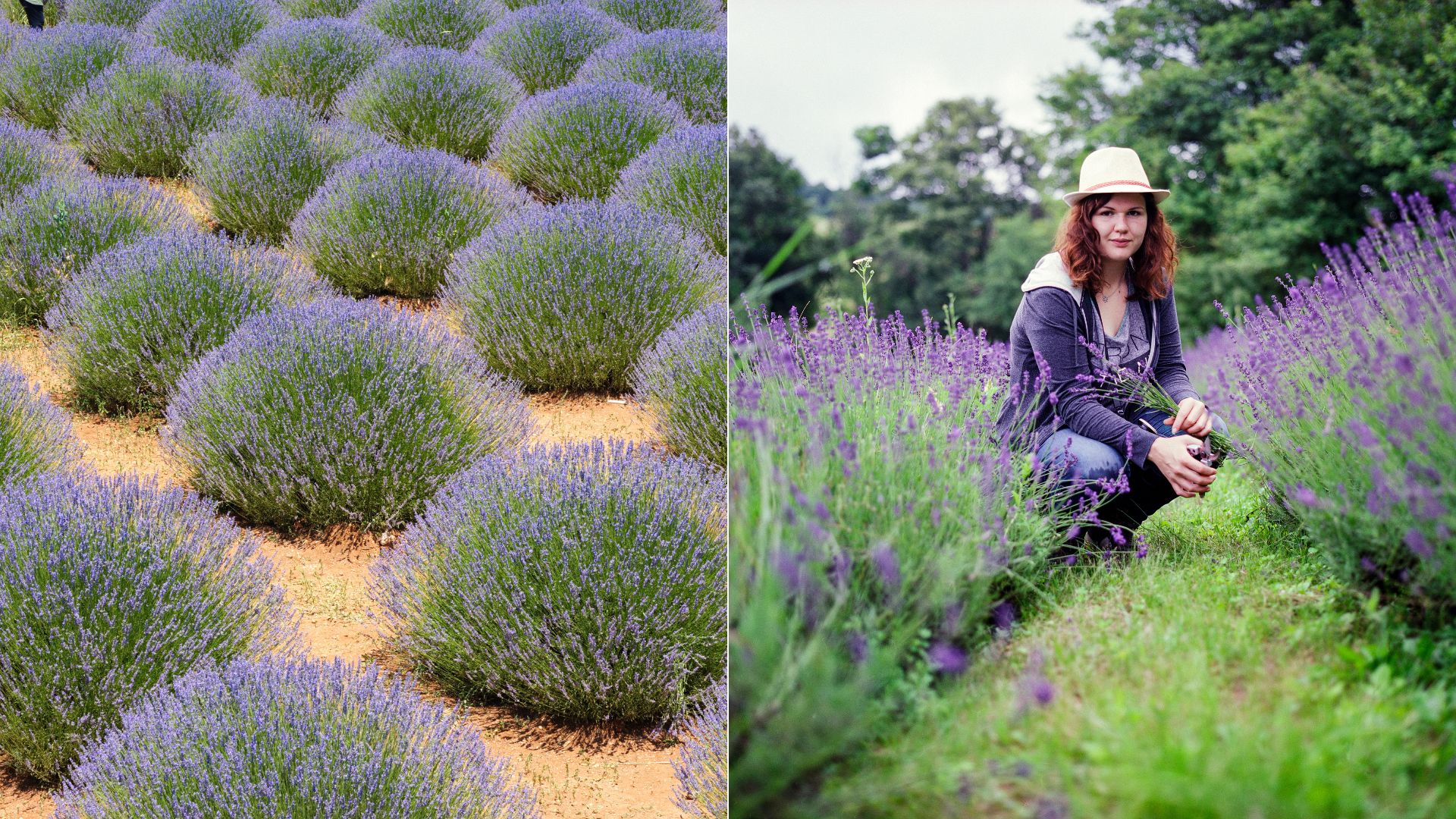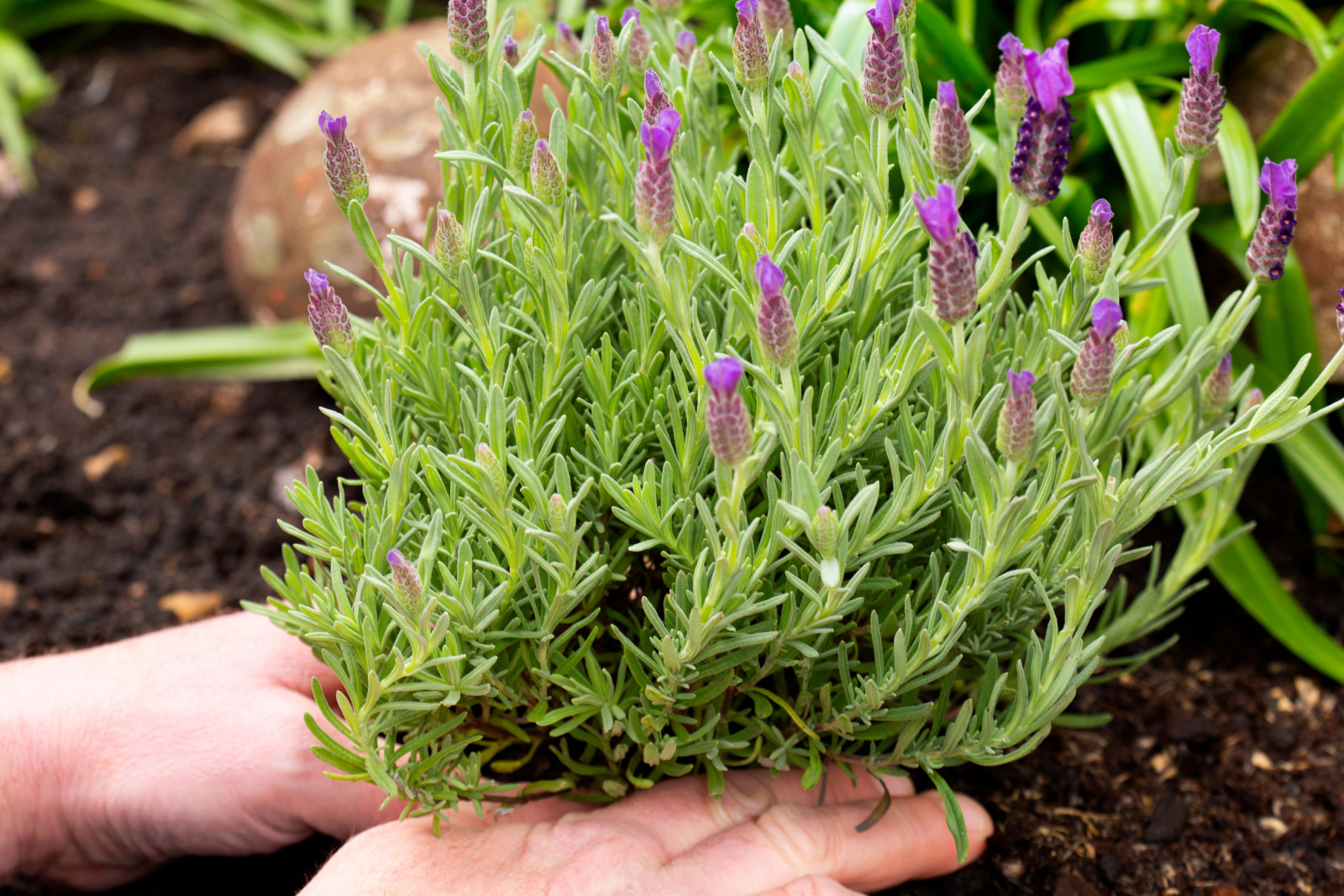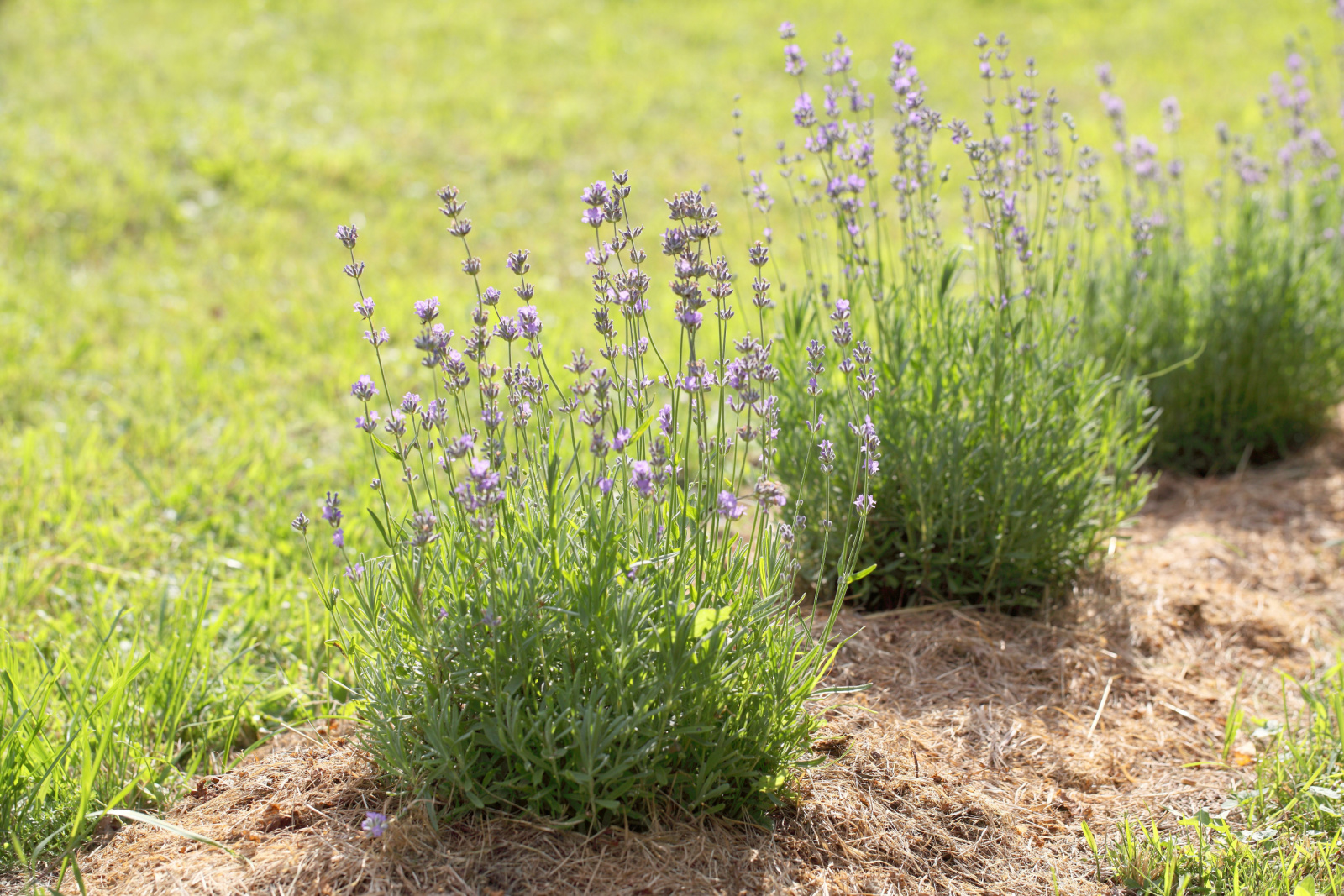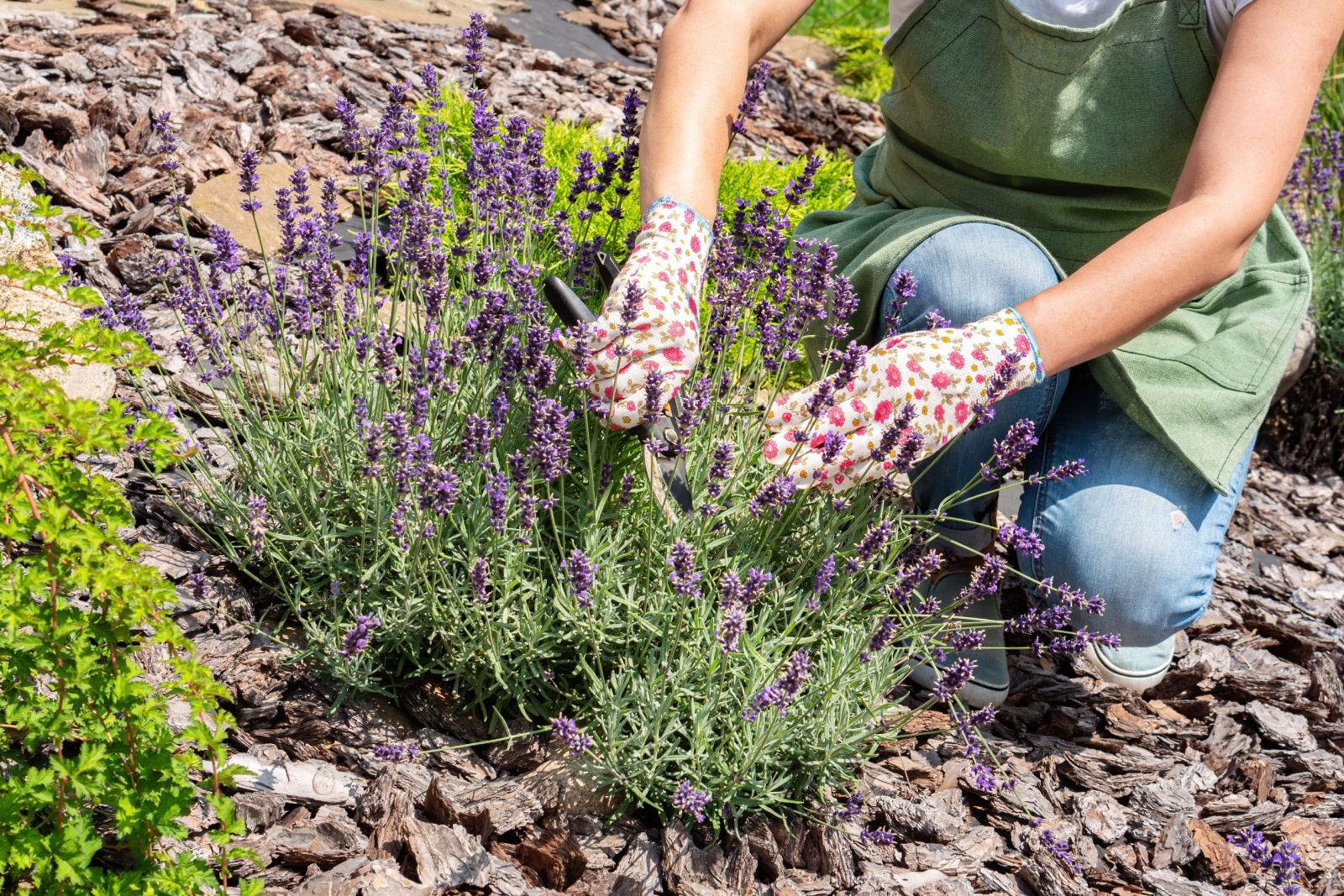What makes lavender so special?! Is it the scent, its appearance, the fact that it attracts pollinators or everything combined? These breathtaking plants are the true stars of the show in gardens worldwide.
If you decide on growing this spectacular herb, you should know that spacing plays a major role in its development. Providing enough space can aid root development, enhance air circulation, and has many more benefits for plant health.
Let’s learn how much space you should leave around your lavender when planting!
Factors To Consider
The space your lavender plant needs actually depends on a few factors. First, check the estimated mature size of the variety you select. If you grow a larger species, you need to ensure more space and vice versa.
Other factors that can help you determine the appropriate space are the light needs and soil conditions for each plant.
If you meet all lavender requirements and provide it with enough space, you’ll be rewarded with thriving plants and an abundance of captivating blossoms.
Perfect Spacing
I’m sure you already know that there is a wide range of lavender varieties out there. I’ll give you the guidelines for the 2 most common, English and French lavender.
In the case of English lavender, make sure there is approximately 12 to 18 inches of space between each plant. Your goal is to encourage a bushier and more compact shape and get a robust base.
When it comes to the French lavender variety, it grows slightly taller so a spacing of 3-4 feet is more suitable. This way you’ll help your plant to fully develop flower heads.
You can get an amazing flower display by growing these plants in clusters or rows. The essential thing is to ensure enough space so that each plant has enough air.
As you may know, these flowering plants are excellent for container gardening but you need to consider 2 things if you decide on this gardening method. First, you need to choose a suitable variety, and second, you need to choose the perfect container size.
I highly recommend growing a single lavender plant per container.
Monitor Your Lavender
Regular inspection of your lavender plants will allow you to spot any issues in time. As your lavender grows further, you’ll see if the spacing is correct.
Two signs of overcrowding in these plants are intertwined stems and leaves and stunted growth. Many growers decide on dividing the plant at this point but I wouldn’t recommend it.
These plants don’t respond well if their roots are disturbed; it can damage the root system and growth can be significantly inhibited.
Then what to do? You can remove the entire plants to ensure more space for the ones that are left. Dig up the selected lavender plants but make sure to do it carefully to minimize disturbance.
You can transplant your lavender to a new spot in your garden or gift it to your fellow plant enthusiasts.
This way, you’ll fix the issue of overcrowding and avoid disturbing your healthy lavender plants. Of course, the best solution is to prevent these issues in the first place by paying attention to spacing when planting.
Lavender is an excellent choice for any garden due to its spectacular appearance, enchanting scent, and ease of maintenance. By ensuring enough space, you’ll get healthy and thriving lavender in no time!




